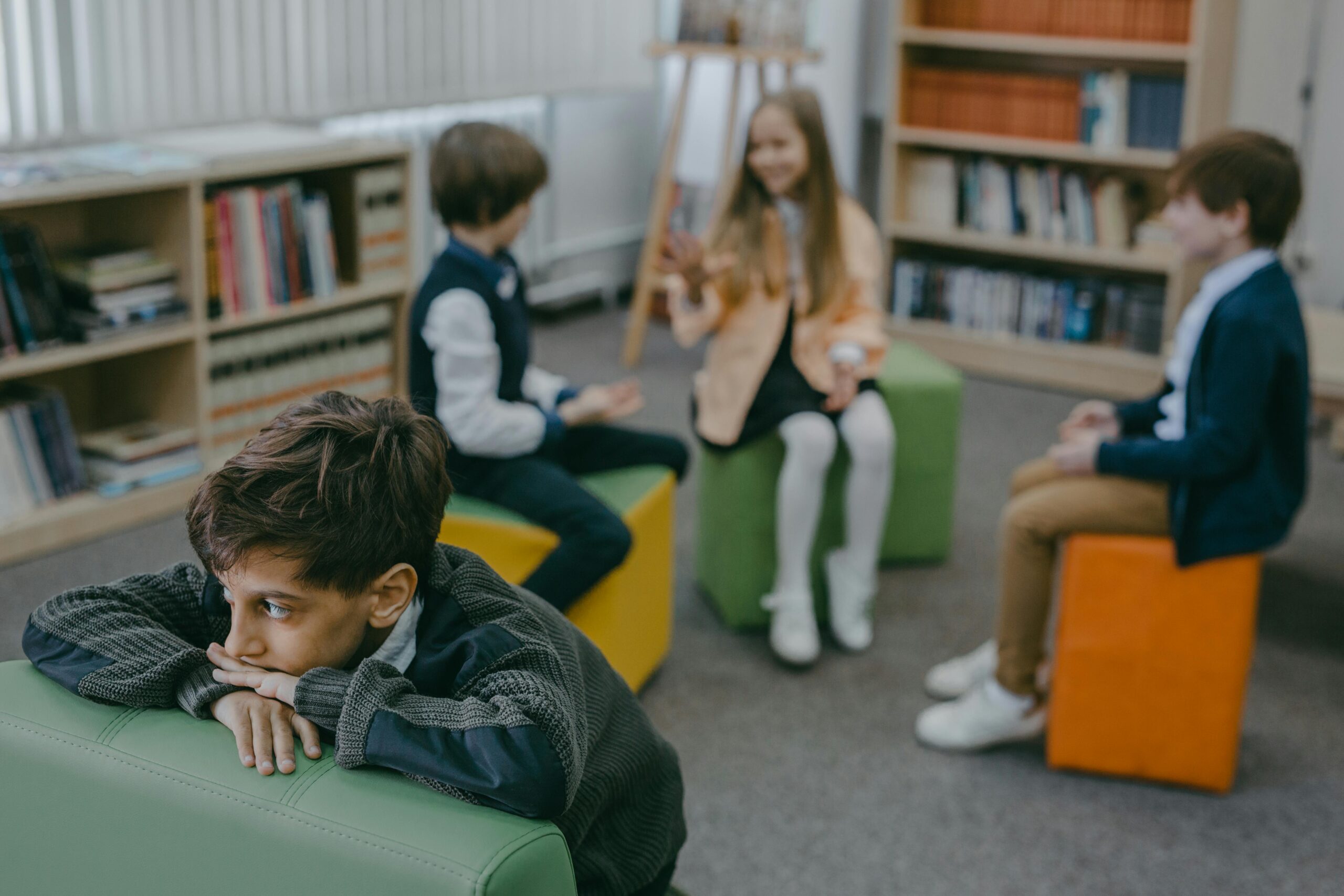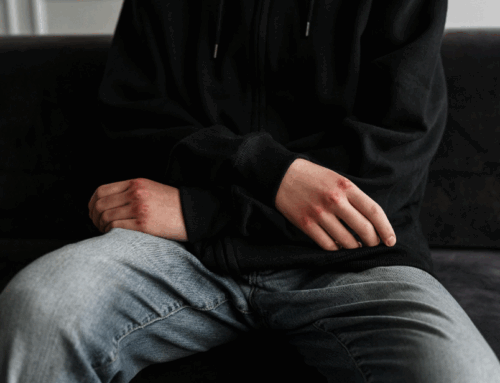If you’re worried that your child is more than just clingy, it might be time to learn about separation anxiety and how to help your little one cope. While attachment to a parent or caregiver is natural, experiencing fear or distress when separated can be a sign of separation anxiety. In this article, we’ll explore what separation anxiety is, how to identify it, and ways to help your child work through this challenge.
What Is Separation Anxiety?
To start, let’s define separation anxiety. It typically occurs between 8 and 18 months but can also affect older children. Separation anxiety manifests as fear or distress when a child is not in immediate contact with their caregiver.
This anxiety can arise for various reasons. Children may worry that something will happen to their caregiver if they are not near them, or they may fear being left alone. Understanding that their bond with a caregiver remains intact even when out of sight can be difficult for children who struggle with separation anxiety.
How to Know If Your Child Is Struggling
As with any anxiety disorder, the signs of separation anxiety can vary. A professional evaluation from a licensed therapist or provider is the best way to determine if your child is struggling. However, here are a few common warning signs:
- Tantrums when left alone
- Difficulty sleeping independently
- Physical symptoms such as an upset stomach or nausea when they know their caregiver has to leave
- Extreme worry about their safety or the safety of their caregiver when separated
Techniques to Help Your Child Cope
Helping your child cope with separation anxiety is a process that requires patience, trial, and error. Every child responds differently, so it’s important to remain flexible as you figure out what works best.
Acknowledge Their Feelings
Always begin by validating their emotions. Let them know that their feelings are real and that it’s okay to feel anxious about separation. Simply acknowledging their emotions can be a big step in helping them understand and manage their anxiety.
Start Small
If your child struggles with separation, try not to leave them for long periods initially. Instead, introduce brief moments throughout the day where they are out of sight or engaged in independent activities, such as playing alone or doing homework.
Create Positive Associations
Plan activities for them to look forward to after successfully completing an independent play or work session. This reinforces that you will always return and helps build their confidence in being alone.
Building Independence
Building independence is an essential part of childhood development, not just for those struggling with separation anxiety. While there is no instant cure, consistent effort, patience, and reassurance will help your child become more comfortable with independence. Here are some strategies:
- Pre-Visits: Visiting new locations ahead of time can help your child become familiar with their surroundings, making future visits less intimidating.
- Set Realistic Expectations: Let your child know how long you’ll be gone and when they can expect you to return. Always follow through on these promises to build trust and consistency.
- Check-In Strategically: A quick phone call, FaceTime, or text while you’re away can reassure them that you’re thinking of them without reinforcing their anxiety.
If your child is struggling with separation anxiety, consulting a professional is the best course of action. We hope this article has helped you understand the warning signs and provided a few strategies to try at home. For expert guidance, contact NeuroBehavorial Associates today and take the next step toward helping your child build confidence and independence.






